Isn’t That a Question That Everyone Would Like an Answer To?
Whether doing a construction project yourself or hiring it done, there are some questions you’ll need answered. These will include things like…

What is the problem(s) or issue(s) that need addressed?
- It may be as simple as a door not latching or a window sticking
- Maybe it’s some damage or wear i.e., rotten floor framing or water damaged window sash.
- Could be the need of something to make life easier i.e., a ramp for a wheelchair, or an enlarged shower with a bench to make it easier for someone with physical restrictions.
- Might be needing more space for a growing family i.e., a second bathroom, extra bedroom, or larger kitchen.
- Possibly it’s a combination i.e., your existing deck is in bad shape and didn’t get used much because of the sun in the afternoon so a covered deck to replace the existing one.
These questions are the starting point of a construction project.
The question about these questions, is where do you get the answers?
With the ease of access to information on the internet, people use this as their go to professional. The problem with this is, more often than not, that information is generic…and your project isn’t.
Every construction project is specific and unique.
With the exception of cookie cutter new construction, which is like going to a car lot and buying an already built house. Which there’s nothing wrong with but is not what most construction projects are.

I’m currently working with multiple customers asking the questions listed above. Let me give you some examples of why you need someone to help you find the solutions to your specific question.
A few weeks ago, I wrote about a project where a customer was looking for a contractor to repair some floor/wall framing damage and couldn’t find one locally. Currently we’re working to find the best solution. They probably wouldn’t find a solution to this specific issue on the internet.
Another example of the need for having a professional’s help is a window project that I was asked about.
This customer had a window that was put in in the early ‘90s and the bottom frame of the wood sash is rotting. They contacted the manufacturer’s retail store and met with a sales representative. The rep. told the customer that the problem was hail damage and all the windows needed replaced.
The customer received a quote for over $36,000 to replace these windows.
Having done other work for this customer before, they asked my opinion.
I agreed to give the customer a proposal for replacing the windows using the same windows previously quoted. My price was almost $10,000 less for the same work with the same windows.
This was before I even went to look at the project.
Having installed a lot of these windows over my career, I found it hard to believe that all of them needed to be replaced. So, I scheduled a meeting to look at the project.
After looking at it, I determined that of the thirteen windows originally quoted…only one needed replaced. All the others needed was some interior wood refinishing.

I haven’t got the proposal for this completed yet, but it’s going to be considerably less than $36,000. (I’ll let you know what it is, once it’s done)
This was a simple one size fit’s all solution that did not have the customer’s best interest at heart.
It takes experience, knowledge and a desire to help the customer find the best solution. To go beyond one size fits all.
The problem is…I can’t do this for everyone. There’s not enough of me to go around.
Just like a construction problem…

I’ll keep looking for the solution.




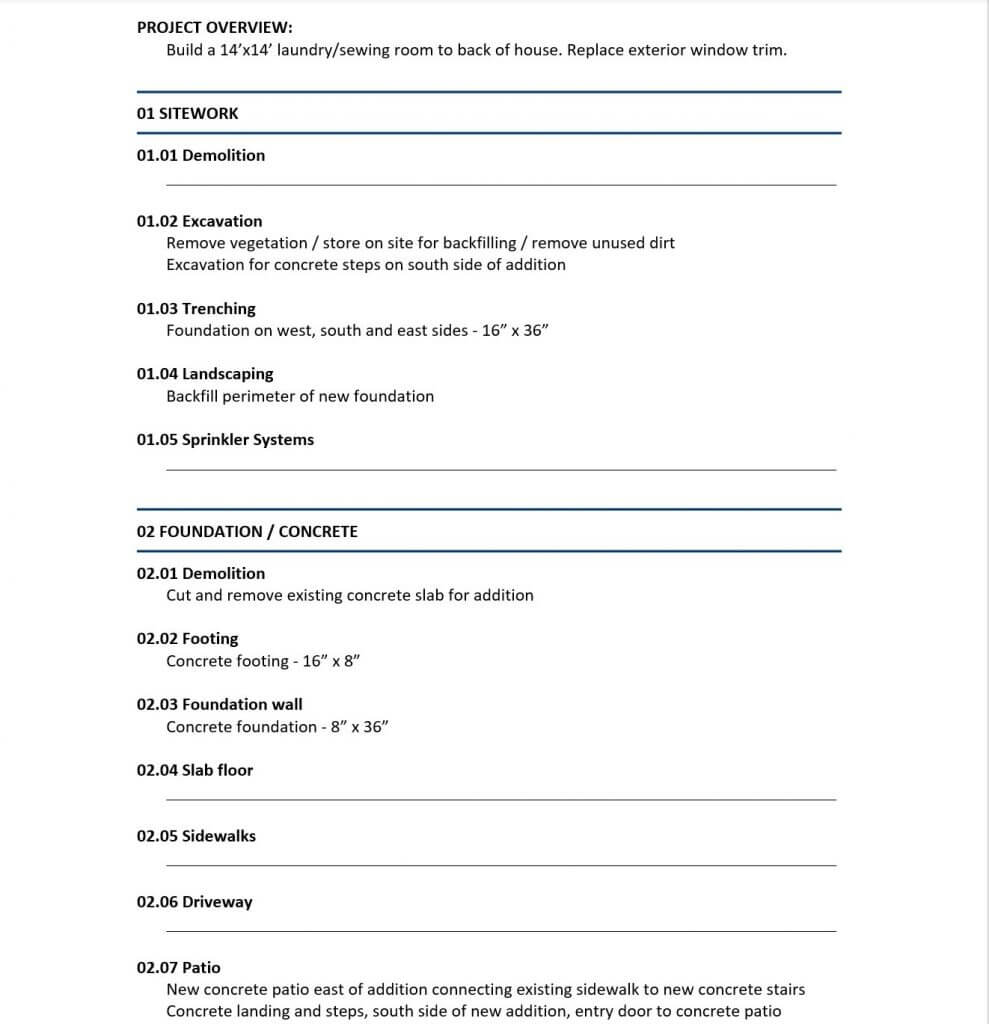
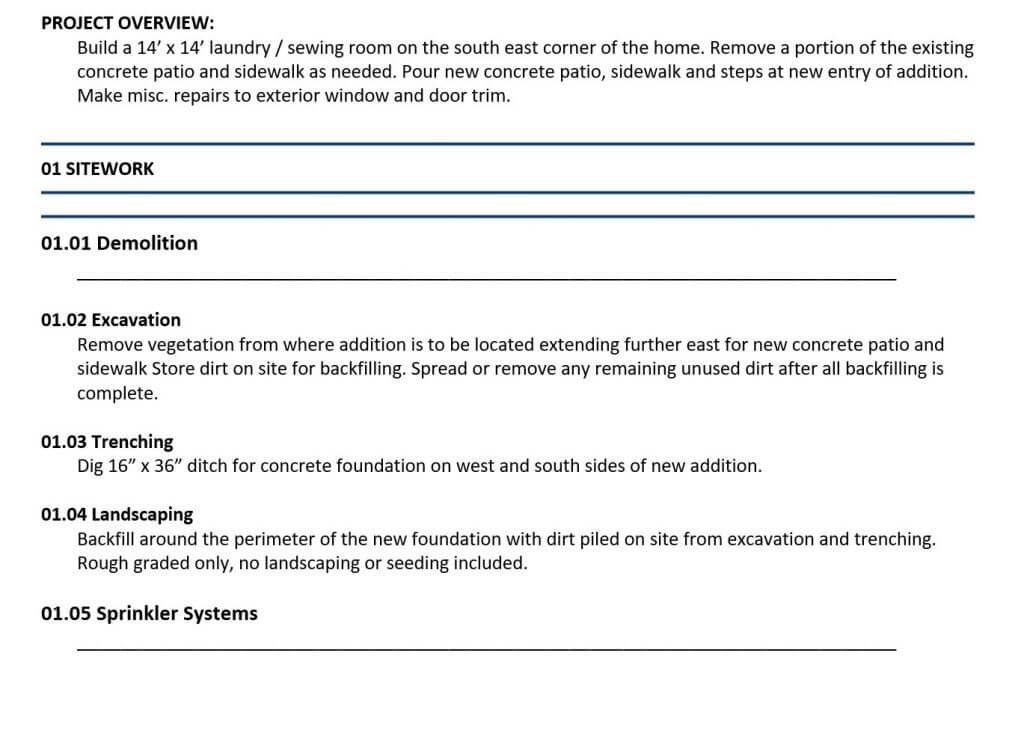









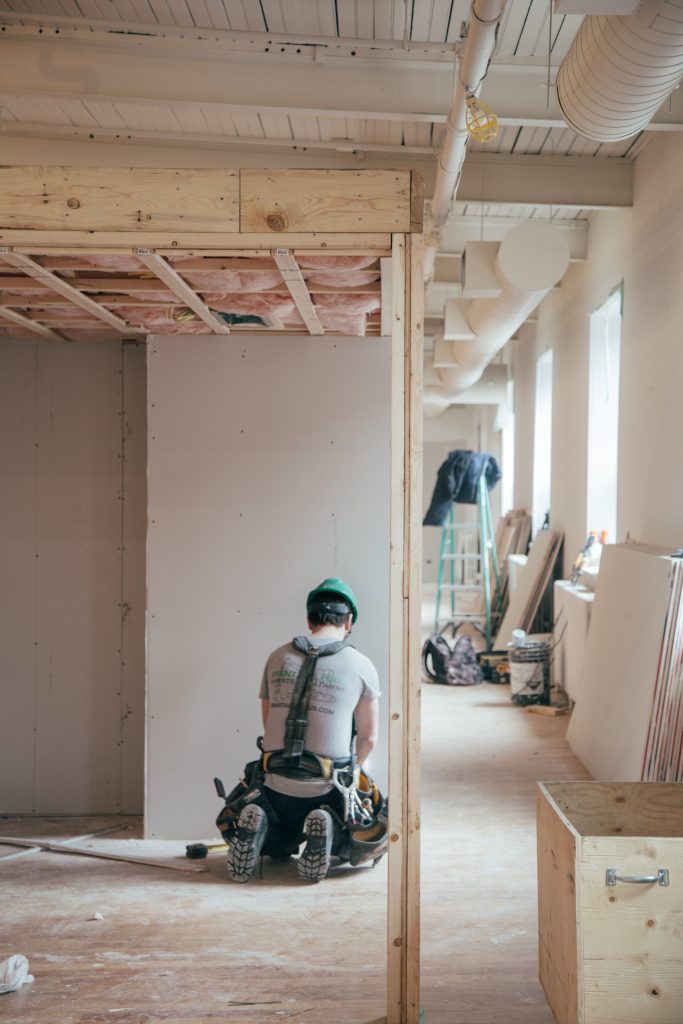













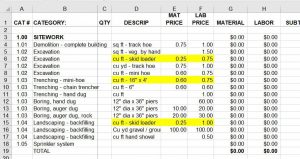


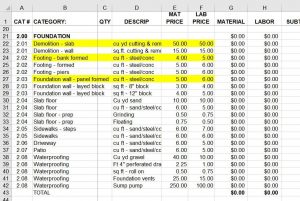
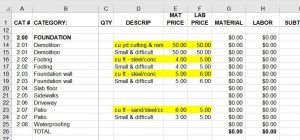

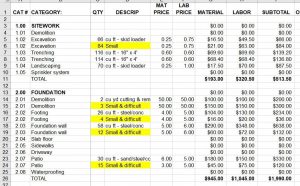





























 This problem can, and should, be addressed before any actual construction begins. The underlying issue with any disagreement is, different people seeing things differently. A good contractor’s job is to sort through these differences and develop a clear picture of the project scope, design, schedule and price.
This problem can, and should, be addressed before any actual construction begins. The underlying issue with any disagreement is, different people seeing things differently. A good contractor’s job is to sort through these differences and develop a clear picture of the project scope, design, schedule and price. The first four…half of the list, are communication related. Good communication takes time and effort. Time and effort translate into additional cost. Additional cost means your project’s price is higher. Price is important and often leads to choosing a lower bid. Full circle back to the importance of communication. If you are aware of the differences and are presented a clear plan, you can make the best decision for you and your project.
The first four…half of the list, are communication related. Good communication takes time and effort. Time and effort translate into additional cost. Additional cost means your project’s price is higher. Price is important and often leads to choosing a lower bid. Full circle back to the importance of communication. If you are aware of the differences and are presented a clear plan, you can make the best decision for you and your project.